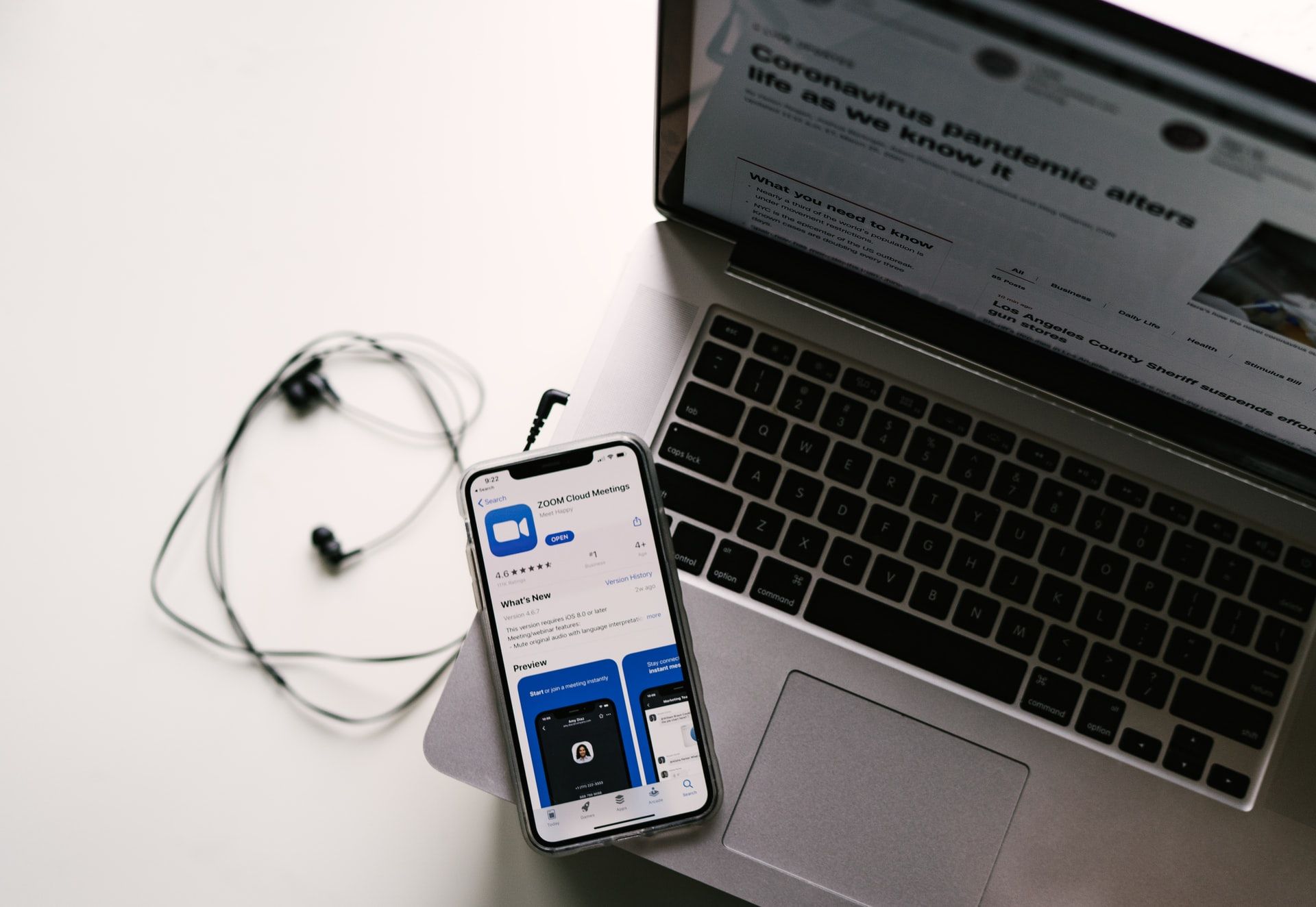5 Tips For The Best Video Therapy Sessions During COVID-19 and Beyond

5 Tips For The Best Video Therapy Sessions During COVID-19 and Beyond
After several weeks of staying at home, millions are out of work. Those who are able to work from home are also dealing with challenges. So many of us are feeling a wide range of emotions, many of them difficult. Fear, frustration, anxiety and feeling stir crazy are among those that I’ve heard repeatedly from my clients.
Thankfully, teletherapy has been a positive experience for most of my clients, although some still complain that video sessions are missing something, mostly eye contact and the physical presence of their therapist – and in therapy groups, the physical presence of other members. Teletherapy is a familiar experience in an unfamiliar setting. I know this from personal experience, both as a therapist and a client. Yes, therapists frequently go to therapy and I am personally committed to personal growth through therapy.
I have found my own personal teletherapy during this time to be very useful in maintaining some kind of normalcy. It’s enabled me to continue to pursue healing, growth and change, within reason. Based on my own positive experiences utilizing video or telephone therapy sessions, I want to offer some helpful tips that might help others get the most out of their therapy during this time.
Here are 5 Ways To Maximize Your TeleTherapy Session:
- Do your best to engage in your normal routine before therapy. For example if you get to the waiting room early, get into a comfortable space prior to your appointment, and center yourself.
- Minimize distractions. Prior to the pandemic, your in-person psychotherapy was in the comfort of your therapist’s office, which offered minimal distractions. Try to keep the same practice while engaging in your video sessions. Find a secluded area where you can safely explore your thoughts and feelings. If you don’t have one in your home, find a quiet space outside. Turn off your cell phone or keep it on silent. On your computer, maximize the window for the video software and close other tabs.
- Notice disconnection. Whether in-person or not, we have countless ways of avoiding discomfort during therapy sessions. Even if you minimize distractions, you may notice your mind wandering during a session. You may have an impulse to pick up your phone and scroll Facebook hoping your therapist doesn’t notice. Instead of feeling guilty, be curious as to what is making you want to escape from the moment. Be a non judgmental observer.
- Within reason, aim for growth and change. In addition to the emotional and psychological impact of the pandemic, we all still have the same issues from the pre-pandemic days. Consider how you are coping with the pandemic in similar ways to the way that you coped with life before the pandemic. Explore where you learned to cope in this way. Consider areas where you would like to change. Consider the risks that you will have to take to make the changes you desire. However, set realistic expectations and give yourself loads of compassion.
- Shift your focus to the Here and Now. We are all going through trauma right now. Try to focus on your experience of what’s going in internally instead of staying topical. Work to process your thoughts and feelings, and this will likely lead you to some familiar ground. In psychotherapy, we always have what happened in the past, what is happening outside the therapy room, and what is happening in the “here and now” inside the therapy room. Much of my experience in therapy tells me that those experiences between me and my therapist have been the most healing and growth-promoting.
I hope that these tips are helpful as you continue to pursue growth and healing during these strange times. If you are interested in pursuing video counseling, and you live in Tennessee, please do not hesitate to reach out at 615-582-2882 or send an email to clientcare@nashvillepsych.com.
Warmly,
Dan Goldstein, PhD
Licensed Psychologist

